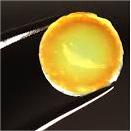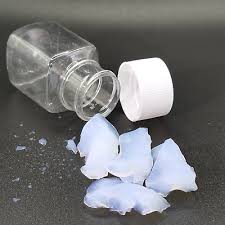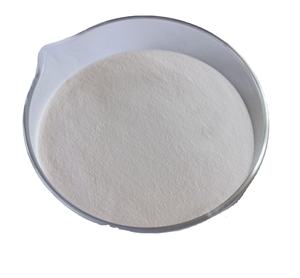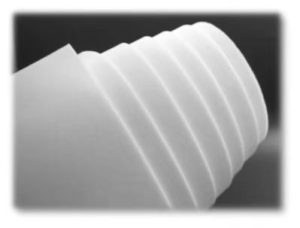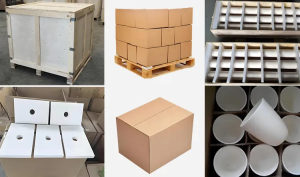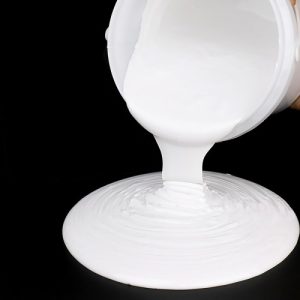Professional industry ceramic supplier, silicon nitride, silicon carbide, aluminum nitride and any other kinds of ceramics.
1. Introduction
In a significant development reported just hours ago, a leading U.S.-based advanced ceramics manufacturer announced a breakthrough in sintering technology that enhances the thermal shock resistance of silicon carbide crucibles by over 25%. This innovation addresses long-standing limitations in metal casting and semiconductor processing, where rapid temperature fluctuations often lead to crucible failure. As industries push toward higher efficiency and cleaner production, the demand for robust, high-performance refractory materials like the silicon carbide crucible continues to surge.
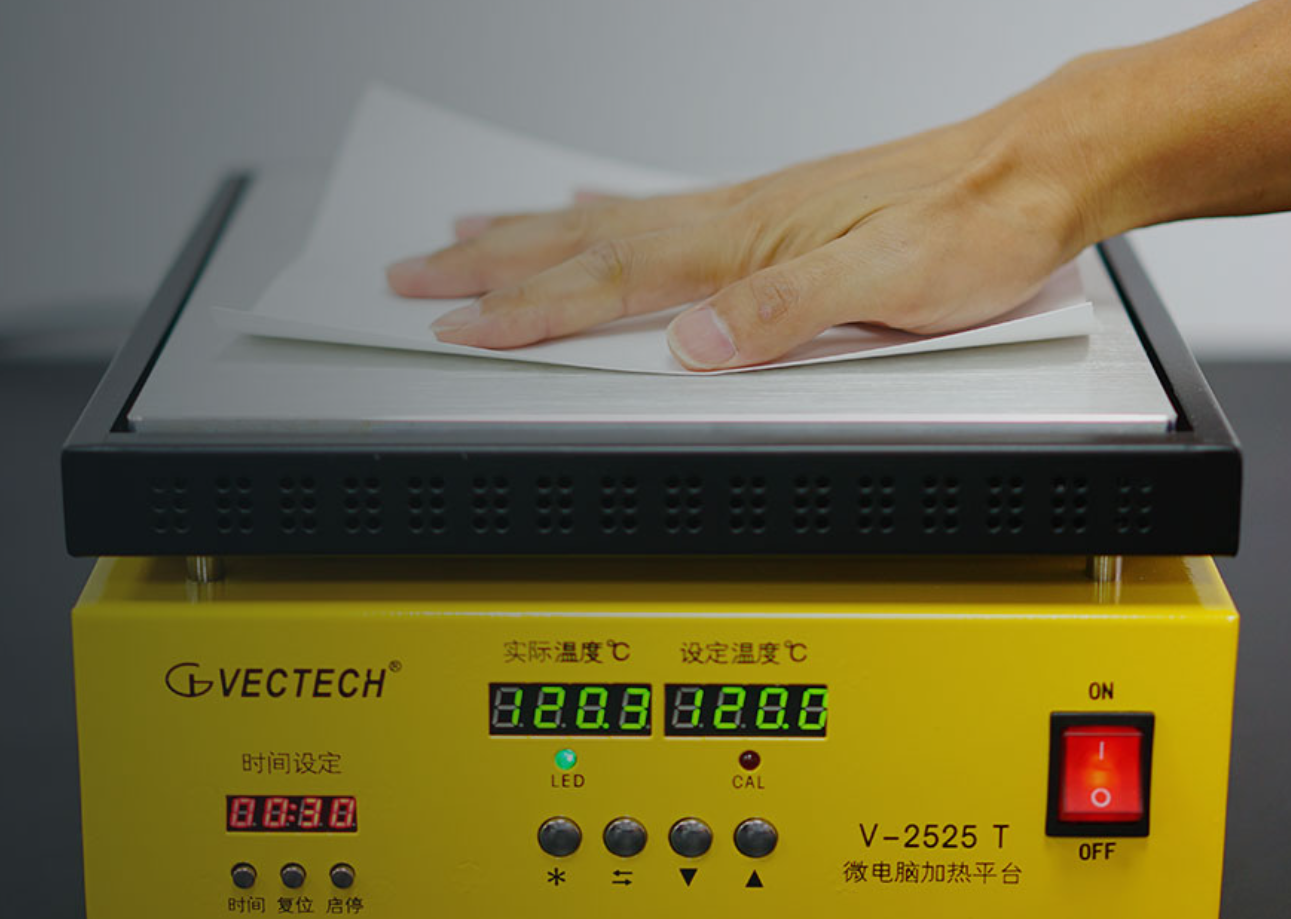
Silicon carbide crucibles are indispensable in metallurgy, foundries, and laboratory settings due to their exceptional hardness, thermal conductivity, and resistance to chemical corrosion. However, selecting the right crucible isn’t as simple as choosing any ‘silicon carbide’ product—variations in composition, manufacturing methods, and competing materials like zirconia or silicon nitride significantly impact performance. This article offers a detailed comparative analysis to guide informed decision-making.
2. Understanding Silicon Carbide Crucibles
2.1. Composition and Manufacturing Methods
Silicon carbide (SiC) is a compound of silicon and carbon, renowned for its extreme hardness (9.5 on the Mohs scale) and thermal stability up to 1,600°C in oxidizing atmospheres. Crucibles made from silicon carbide are typically fabricated using one of three primary methods: reaction-bonded (RBSiC), sintered, or nitride-bonded. RBSiC silicon carbide tile blocks and crucibles offer high strength and thermal shock resistance due to residual silicon filling the pores, while sintered variants provide superior purity and density—critical for semiconductor and high-purity metal applications.
2.2. Key Performance Attributes

- Exceptional thermal conductivity (80–120 W/m·K), enabling rapid and uniform heating
- Low thermal expansion coefficient, minimizing cracking during thermal cycling
- High resistance to molten metals, slags, and corrosive gases
- Mechanical strength retention at elevated temperatures
These properties make silicon carbide crucibles ideal for melting non-ferrous metals like aluminum, copper, and zinc, as well as for use in induction furnaces and laboratory sample preparation.
3. Comparative Analysis: Silicon Carbide vs. Alternative Crucible Materials
3.1. Silicon Carbide vs. Zirconia Crucibles
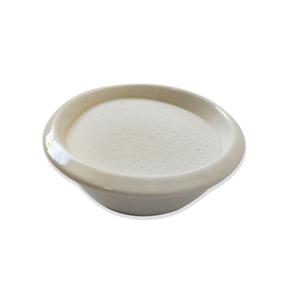
Zirconia (ZrO₂) crucibles excel in ultra-high-temperature applications (>2,000°C) and offer excellent chemical inertness, especially with reactive melts like titanium or rare earth metals. However, zirconia has lower thermal conductivity (~2–3 W/m·K) and is more prone to phase transformation-induced cracking. In contrast, silicon carbide crucibles provide faster heat transfer and better durability under cyclic heating but may react with highly basic slags or strong oxidizers above 1,400°C.
3.2. Silicon Carbide vs. Silicon Nitride
Silicon nitride (Si₃N₄) is another advanced ceramic gaining traction in high-stress thermal environments. While not commonly used for large-volume crucibles, silicon nitride crucible factories produce specialized lab-scale vessels prized for their fracture toughness and oxidation resistance. Unlike silicon carbide, silicon nitride maintains integrity in steam-rich atmospheres and shows minimal interaction with molten silicon—making it valuable in photovoltaic manufacturing. However, silicon nitride is significantly more expensive and less thermally conductive than SiC.
3.3. Boron Carbide vs. Silicon Carbide
Though boron carbide (B₄C) boasts higher hardness and neutron absorption capabilities, it is rarely used for crucibles due to its extreme cost, brittleness, and susceptibility to oxidation above 500°C. The comparison ‘boron carbide vs silicon carbide’ is more relevant in armor or nuclear applications than in crucible design, where SiC’s balance of cost, performance, and manufacturability dominates.
4. Industrial Applications Beyond Crucibles: The Versatility of Silicon Carbide Ceramics
The same material science principles that make silicon carbide crucibles effective also enable diverse industrial components. For instance, silicon carbide ceramic tiles line kilns for wear resistance, while silicon carbide burner nozzles withstand flame erosion in glass manufacturing. In plumbing, silicon carbide ceramic disc taps and silicon carbide ceramic disk for tap systems leverage SiC’s hardness for leak-free quarter-turn operation. High-temperature processes utilize silicon carbide thermocouple protection tubes and silicon carbide ceramic tubes for furnace applications, including silicon carbide tube furnaces.
Interestingly, consumer markets have adopted silicon carbide in premium cookware—such as silicon carbide ceramic baking dishes, silicon carbide ceramic dinner plates, and even silicon carbide ceramic butter dishes—capitalizing on its non-reactive surface and thermal retention. Brands like Staub have explored silicon carbide baking dish staub variants for artisanal baking, though these remain niche due to cost.
5. Selection Criteria for Optimal Performance
When choosing a silicon carbide crucible, consider:
- Operating temperature and atmosphere (oxidizing vs. inert)
- Chemical compatibility with the melt or sample
- Required purity level (e.g., semiconductor vs. foundry use)
- Thermal cycling frequency
- Budget constraints versus lifecycle cost
For applications requiring custom geometries, manufacturers now offer tailored solutions such as custom silicon nitride heat shields or silicon carbide ceramic columns for structural support in high-temp reactors.
6. Conclusion
The silicon carbide crucible remains a cornerstone of high-temperature industrial processing, offering unmatched thermal and mechanical performance for most non-ferrous melting operations. While alternatives like zirconia and silicon nitride serve specialized niches, silicon carbide’s versatility, cost-effectiveness, and continuous material improvements—such as those announced this week—cement its dominance. Understanding the nuances between material types ensures optimal selection, maximizing efficiency, safety, and return on investment in advanced ceramic applications.
Our Website founded on October 17, 2012, is a high-tech enterprise committed to the research and development, production, processing, sales and technical services of ceramic relative materials such as Choose. Our products includes but not limited to Boron Carbide Ceramic Products, Boron Nitride Ceramic Products, Silicon Carbide Ceramic Products, Silicon Nitride Ceramic Products, Zirconium Dioxide Ceramic Products, etc. If you are interested, please feel free to contact us.

